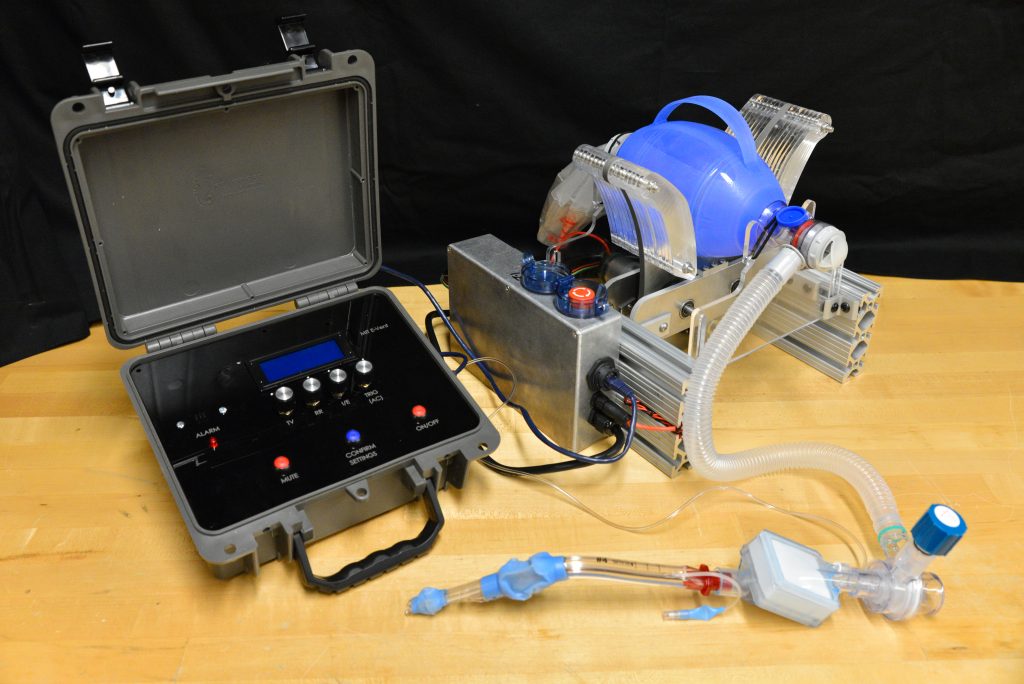-
Ever wanted an RSS feed of all your favorite gaming news sites? Go check out our new Gaming Headlines feed! Read more about it here.
-
We have made minor adjustments to how the search bar works on ResetEra. You can read about the changes here.
#FOSS technologies are amazing
- Thread starter Deleted member 12790
- Start date
You are using an out of date browser. It may not display this or other websites correctly.
You should upgrade or use an alternative browser.
You should upgrade or use an alternative browser.
It's really just filling out Bock's /example/example_sdl_opengl3/main.cpp with more detail. The only real difference is that my tutorial above adds in some code to draw a rainbow background behind imgui, in an effort to show you how you can drop imgui over an existing OpenGL application (and also to explain the basics of how OpenGL and SDL2 work together, as well as how OpenGL renders specifically).
Might as well add the Magnum Engine to the pile. It's a graphics middleware that integrates stuff like SDL2 and also integrations for stuff like Dear:ImGui, and it is in general really neat for anyone who wants a whole bunch of essential core game engine graphics features that they don't want to have to reinvent the wheel on.
Not to be pedantic but it's Lua, not LUA.
Awesome thread :)
https://www.lua.org/about.html said:What's in a name?
"Lua" (pronounced LOO-ah) means "Moon" in Portuguese. As such, it is neither an acronym nor an abbreviation, but a noun. More specifically, "Lua" is a name, the name of the Earth's moon and the name of the language. Like most names, it should be written in lower case with an initial capital, that is, "Lua". Please do not write it as "LUA", which is both ugly and confusing, because then it becomes an acronym with different meanings for different people. So, please, write "Lua" right!
Awesome thread :)
Wanted to add a new one to the list:

 e-vent.mit.edu
e-vent.mit.edu
MIT is releasing the plans for an open-source $100 ventilator that can be built from common objects. They compare its utility to that of a $30,000 ventilator on the open market.

It is designed specifically to be able to be produced rapidly in large numbers.
Open Source coming to save the world.

MIT Emergency Ventilator | Design Toolbox
The MIT Emergency Ventilator is a toolkit created for rapid response in a crisis. It is offered as open source, and will evolve as we learn more.
 e-vent.mit.edu
e-vent.mit.edu
Open Source Design
At the present time, we are producing four sets of material, which we will be releasing and updating on this site in an open-source fashion:
- Minimum safe ventilator functionality based on clinical guidance
- Reference hardware design for meeting minimum clinical requirements
- Reference control strategies and electronics designs and supporting insights
- Results from testing in animal models
We are releasing this material with the intent to provide those with the ability to make or manufacture ventilators, the tools needed to do so in a manner that seeks to ensure patient safety. Clinicians viewing this site can provide input and expertise and report on their efforts to help their patients.
As with any research to design to scale-up to manufacture, we anticipated that there will be many problems and it is our goal to provide this site as a tool to "close the loop" and receive feedback. We will also do our best to publish the most relevant pieces of information in the discussion forum for all to see.
We invite anyone who is interested to follow this work.
Commenting is moderated and access to comment will be granted based on expertise and quality of comment. This is to ensure that the discussion is constructive and focused on safety.
MIT is releasing the plans for an open-source $100 ventilator that can be built from common objects. They compare its utility to that of a $30,000 ventilator on the open market.

It is designed specifically to be able to be produced rapidly in large numbers.
Open Source coming to save the world.


